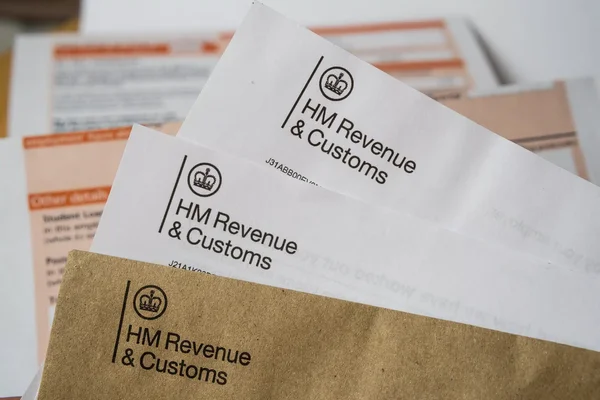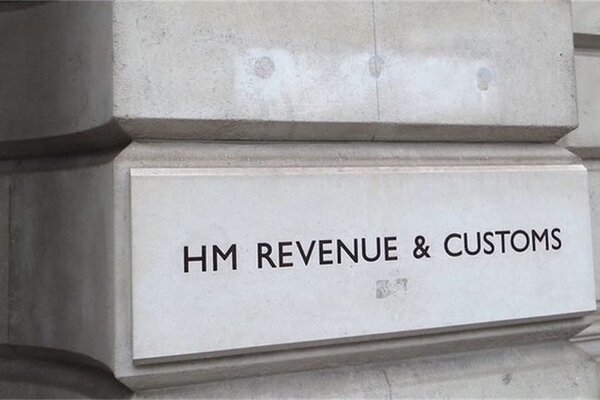Understanding Liability for Self-Employed Joiners

Navigating the landscape of self-employment in the UK can be complex, and joiners, in particular, have unique responsibilities and liabilities. Understanding how long a self-employed joiner is liable for their completed projects is crucial. Liability refers to the legal responsibility for workmanship and any issues that arise post-completion. This article will delve into the timeline as set out by UK laws and highlight practical steps joiners can take to minimise risk.
Becoming familiar with these liability periods is essential for maintaining professional standards and safeguarding your business from potential legal disputes. Ensuring proper documentation and using reliable tax software like the Pie Tax App can also help manage these responsibilities efficiently.
Legal Liability Duration
In the UK, the statute of limitations usually governs the duration of liability for legal claims, setting a time limit within which parties can bring a case. For most contractual and civil matters, this period is generally 6 years from the date the project or work was completed.
After this six-year period, legal claims relating to the project or work are typically no longer enforceable. However, certain exceptions or different timeframes may apply, depending on the nature of the agreement or the specifics of the case.


Maintaining Documentation
Maintaining comprehensive documentation, including contracts, correspondence, and detailed records of work, is crucial for safeguarding your interests. These records serve as essential evidence in the event of any disputes or claims that may arise during the liability period, typically up to 6 years.
Proper documentation helps ensure that you can effectively defend against any allegations, providing a clear record of the agreements made and the work completed, thus protecting your legal and financial position.

Adhering to building regulations can reduce potential issues. It's reported that 70% of disputes could be avoided through compliance with standards.Compliance with Building Regulations

Liability insurance is essential. 85% of self-employed professionals cite it as a crucial safeguard against potential claims and liabilities.Importance of Insurance

Liability Period Specifics
The typical liability period for a self-employed joiner in the UK is primarily governed by the statute of limitations. According to the Limitation Act 1980, this period is generally 6 years from the date the project is considered completed. However, certain conditions might extend this period under specific circumstances, such as when defects are discovered later and could not have been reasonably found at the time of completion.
Insuring your work adequately and ensuring all contracts explicitly state warranty periods and liability terms can provide additional layers of protection. During this period, former clients can raise claims, and being prepared is pivotal for managing such situations efficiently.
Key Statutes and Responsibilities
In the context of self-employed joiners, it is particularly critical to align with the Limitation Act 1980, which sets the formal duration of liability. Each project has unique elements, and this act ensures that those executing the work are accountable for a significant period post-completion. Contracts should also clearly highlight these responsibilities to avoid any ambiguity.
Moreover, maintaining high standards of craftsmanship and adhering to UK building regulations can help mitigate the risk of claims. Regularly consulting with legal advisors and using apps like Pie Tax can streamline keeping up with obligations and securing necessary documentation.

Tax Tips for Self-Employed Joiners

Maintain exhaustive records of all projects to defend against any claims.Keep Detailed Records

The Pie Tax App can help manage financial records and compliance requirements.Use Reliable Software

Regularly see advice from legal and tax professionals to stay updated on legal obligations.Consult Experts

Fun Fact About Liability
Did you know that in addition to liability periods, many self-employed joiners offer extended warranties on their work? This can provide peace of mind to clients and can be a competitive advantage.
Managing Liability Effectively

Staying on top of your liabilities as a self-employed joiner is crucial, given the implications of the Limitation Act 1980. Always ensure that your contracts clearly delineate warranty periods and the extent of liability. Doing so not only covers you legally but also bolsters client trust. By keeping informed and updated with regulations, you can effectively manage potential risks.
Utilising tools like the Pie Tax App can ease the burden of managing paperwork, tracking deadlines, and ensuring compliance with all relevant tax regulations. Having expert tax assistants readily available on the Pie app can further ensure that you are meeting legal requirements, making tax season less daunting.

Having the right insurance policy in place is pivotal for protecting your business. Public liability insurance is often recommended and covers claims that arise from accidental damage or injury caused to clients or third parties during your work.Insurance Policies

Explicit clauses within contracts outlining the liability period and extent of coverage can prevent misunderstandings. Having clients clearly understand these details before the project begins is key to managing expectations and avoiding disputes.Contract Clauses
Summary
Understanding how long a self-employed joiner is liable for completed projects is vital. Typically governed by the 6-year statute of limitations under the Limitation Act 1980, joiners need to be well-informed about their responsibilities post-completion. This period can vary under specific conditions but generally includes all defects claims unless otherwise stated.
To navigate this effectively, maintaining proper documentation, adhering to building standards, and having adequate insurance are quintessential steps. The Pie Tax App is an excellent resource for managing tax obligations, safeguarding your business, and ensuring legal compliance. Expert tax assistants on the Pie app can provide tailored advice to keep your practices in line with regulations.
Frequently Asked Questions
How long is the liability period for self-employed joiners?
The liability period is typically 6 years under the Limitation Act 1980 from the date of project completion.
What should be included in a contract to manage liability?
Ensure the contract states the exact liability period and coverage extent, outlines all warranties, and includes clear terms.
Why is liability insurance important?
Liability insurance protects against claims for accidental damage or injury, providing financial security and peace of mind.
How can joiners minimise liability risks?
By maintaining thorough documentation, compliance with building regulations, and consulting with legal advisors using Pie Tax App.
What is the benefit of using the Pie Tax App?
The Pie Tax App helps manage financial records, comply with tax regulations, and get expert advice to ensure legal requirements are met.











